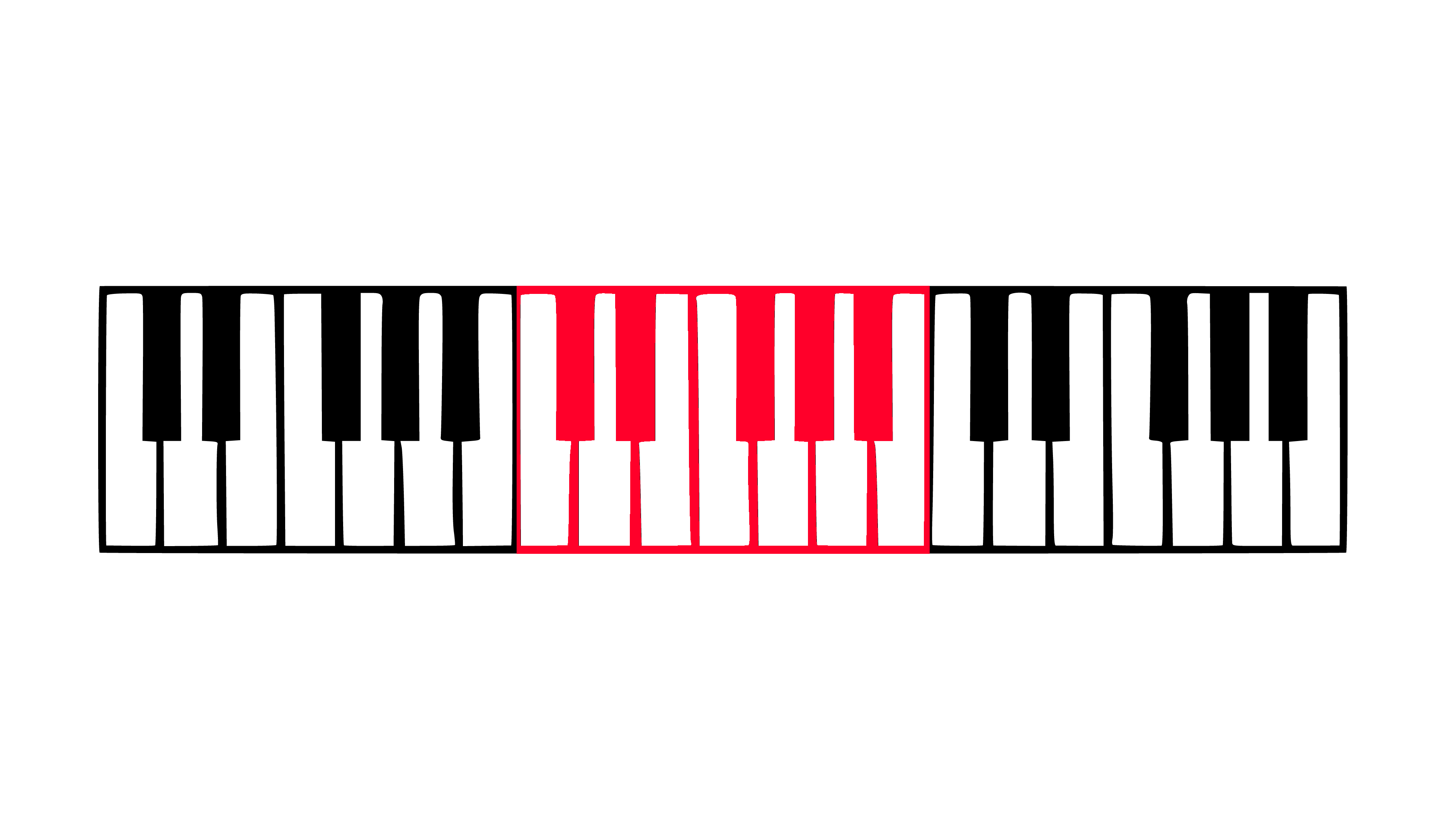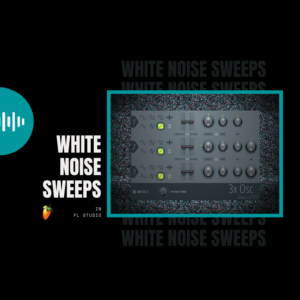Audio
Notes and Pitch
This lesson follows Episode 3 of the Learn Music Theory podcast by DavyyyyG. It covers note repetition, pitch movement, octaves, and black keys. Scroll to explore all the visuals that match the script.
Note Repetition
In music, the same note letter can appear more than once — higher or lower in pitch. This is why the musical alphabet repeats over and over again across a keyboard.
This circle shows how note letters loop endlessly: A through G, then back to A.
Pitch Direction
When notes move up in pitch, they climb the musical alphabet. When they move down, they descend through the same letters. That’s how melodies rise and fall.
Octaves and A1 to A2
Each note letter appears in multiple octaves. An octave is the distance from one letter to its next version — higher or lower. Like A1 to A2. Same letter, but higher pitch.
A1 is a lower note than A2. They sound similar, but one is deeper.
Note Ladder
Here’s a visual to help you understand how notes go up and down.
Imagine melodies climbing this ladder of letters.
Piano Patterns
The piano is a perfect map for these letter repetitions. Let’s break down the most common key pattern.
This pattern shows how white keys repeat A through G across the keyboard.
See the groupings? These patterns help you find notes fast.

The Mystery of the Black Keys
Between the white keys are black keys. These are notes too — we call them sharps and flats. But we’ll dive into those in the next lesson.
The black keys are the next mystery. Up next: sharps!
Quick Review
- Repetition: Note letters repeat across octaves (A to G).
- Pitch Direction: Melody goes UP (climb ladder) or DOWN.
- Piano Layout: Visualizes note relationships.
In the next episode, we’ll break open the secrets of sharps and the black keys between notes. 🎧
📜 Side Quest Board
Brave enough for a challenge? Can you find your way around the keyboard frequencies?
Test your ears and identify note octaves in the Frequency Lab.
Mini Games
SYLBiT: Frequency Lab
Training Module
Compare the TWO tones.
About this game
• Octave Hunter: Hunt for the specific coordinate (e.g. C3 vs C4). Memorize the "Middle C" landmark!
• Pitch Duel: Ear training. Compare two tones and decide if the second one is Higher or Lower.




